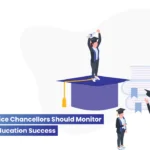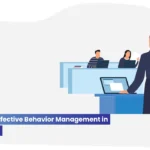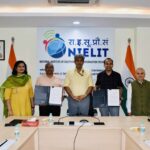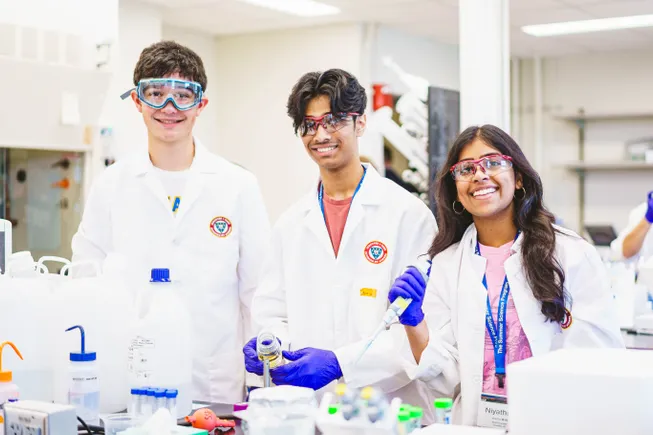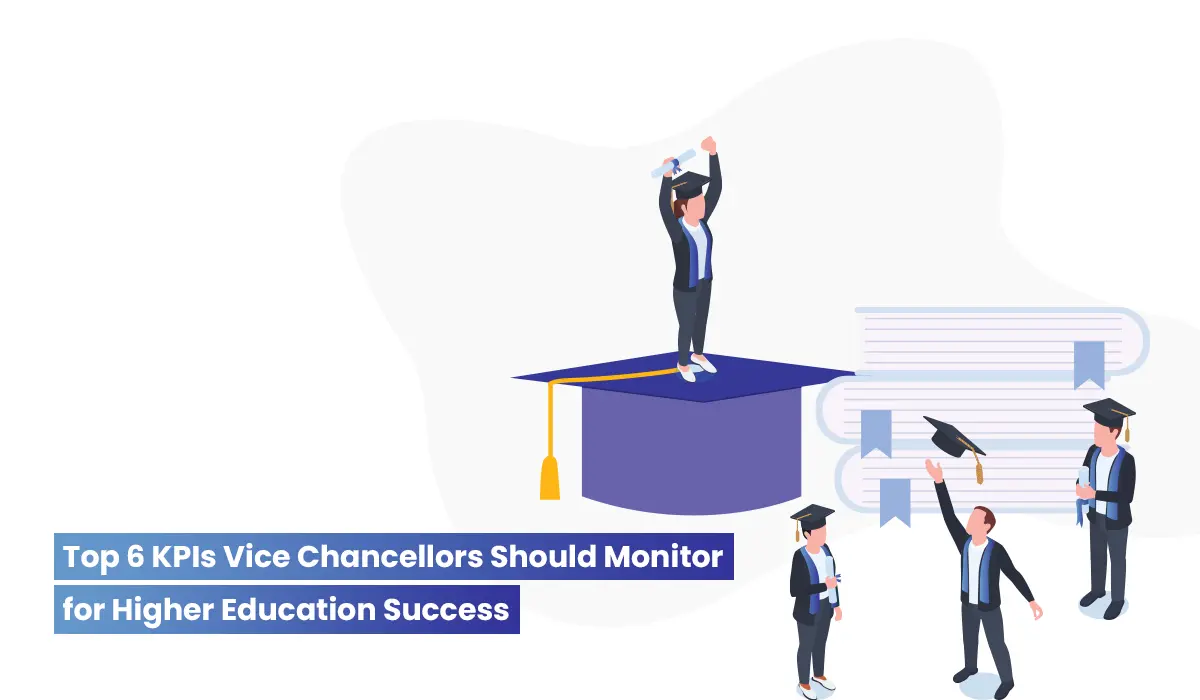A 2018 study found that only 39 percent of college students felt prepared for the time management requirements of college, and only 53 percent felt prepared to manage the course load. In turn, only 34 percent of respondents said they felt prepared for a career, and less than half of employers felt recent college graduates were proficient in professionalism and work ethic.
Why aren’t work-based learning programs, which elevate skills employers look for and prepare students to tackle the challenges of college and a career, more common for high schoolers, and how does students’ lack of preparedness affect industries like STEM?
Hands-on and work-based learning programs are vital for college and career success, especially in STEM
Providing students with hands-on, professional work experience in high school can help them make smarter college and career choices and develop their career readiness skills like professionalism, teamwork, communication and initiative. It also gives them the opportunity to shadow and engage with professionals in a real-life work setting and network with potential employers in their desired industries.
Work-based learning programs have the potential to significantly revitalize industries experiencing declining interest from the next generations, such as the sciences, by exposing students to the possibilities available to them. Currently, less than one-third of teens and young adults claim a career in science, technology, engineering or mathematics as their first career choice. When adults currently in the workforce were surveyed, only 13 percent were employed in STEM occupations, but 40 percent of those in non-STEM careers said they were at least somewhat interested in pursuing a job or career in STEM at some point in their lives. If we can use hands-on learning experiences to give students the opportunity to test drive their interests, we can build a strong pipeline of future researchers, educators and STEM professionals.
Could increased exposure to hands-on STEM education help bridge the gap between students’ interests and their career aspirations?
SSP International, a nonprofit offering inspiring science immersion experiences, conducted a study with Professor Eric Deemer at Purdue University called “Student Impact: Creating Scientific Researchers at the Pre-College Level,” which surveyed rising high school seniors who participated in the organization’s signature Summer Science Program.
Participants of the Summer Science Program engage in an immersive, hands-on research project over five weeks during the summer on a college campus. Working in teams of three under the guidance of leading scientists, students capture and analyze original data and apply it to real-world problems. Students can choose to conduct research into astrophysics, biochemistry, genomics and synthetic chemistry. In addition, participants learn vital skills necessary for college and the workforce, such as time management, the value of collaboration and teamwork, and how to professionally ask questions and advocate for themselves.
The study asked participants to describe their attitudes towards scientific research and careers in STEM at the beginning and end of the program. After students completed the hands-on learning at the Summer Science Program, they reported feeling a sense of belonging in the learning environment in addition to feeling confident and competent in their skills for conducting and recording scientific research.
Overall, the study found that participants became stronger college applicants, had a clearer understanding of how they compared to their peers and had a better sense of what they wanted to study, why and where. Importantly, Summer Science Program participants were more inclined to pursue careers in STEM after completing the program.
Providing hands-on learning opportunities for students of all backgrounds can diversify the STEM workforce
This sense of confidence and belonging in STEM is especially critical for students from backgrounds historically underrepresented in the sciences. STEM continues to face a diversity problem, which, if not addressed, will foster stagnation and decline in the college pipeline and the workforce. We must consider why some students are more interested in pursuing STEM in college and their careers than others. Resources, instruction and opportunities available, in addition to socioeconomic gaps and structural racism and discrimination in and out of school, play a huge role in students’ college readiness and interest in STEM.
Currently, many high schools with high populations of low-income, rural, Black, Latino and Indigenous students don’t have the resources available to provide students with the opportunities they need to succeed post-high school. It’s up to nonprofits, colleges and universities, and the private sector to come together to make programs and courses available to students from all backgrounds outside of the classroom to help them learn and grow their interests, and prepare for their careers. Investing in creating hands-on learning opportunities to meet the needs of underserved communities is vital in building a diverse and capable STEM workforce of the future.
Hands-on learning and the future of STEM education and career development
Offering work-based learning opportunities for teens provides invaluable benefits that extend far beyond the classroom. These experiences not only enhance students’ practical skills and college readiness but also foster critical thinking, responsibility and a deeper understanding of their chosen fields. By bridging the gap between students’ interests and real-world application, work-based learning helps teens make informed career decisions, develop professional networks and gain confidence in their abilities. As we invest in these opportunities, we empower the next generation to transition more smoothly into the workforce and contribute meaningfully to their communities and beyond.
Interested in learning more about SSP International and its Summer Science Program? Visit summerscience.org.
#Closing #gap #STEM #readiness #advantage #providing #workbased #learning #opportunities #teens


